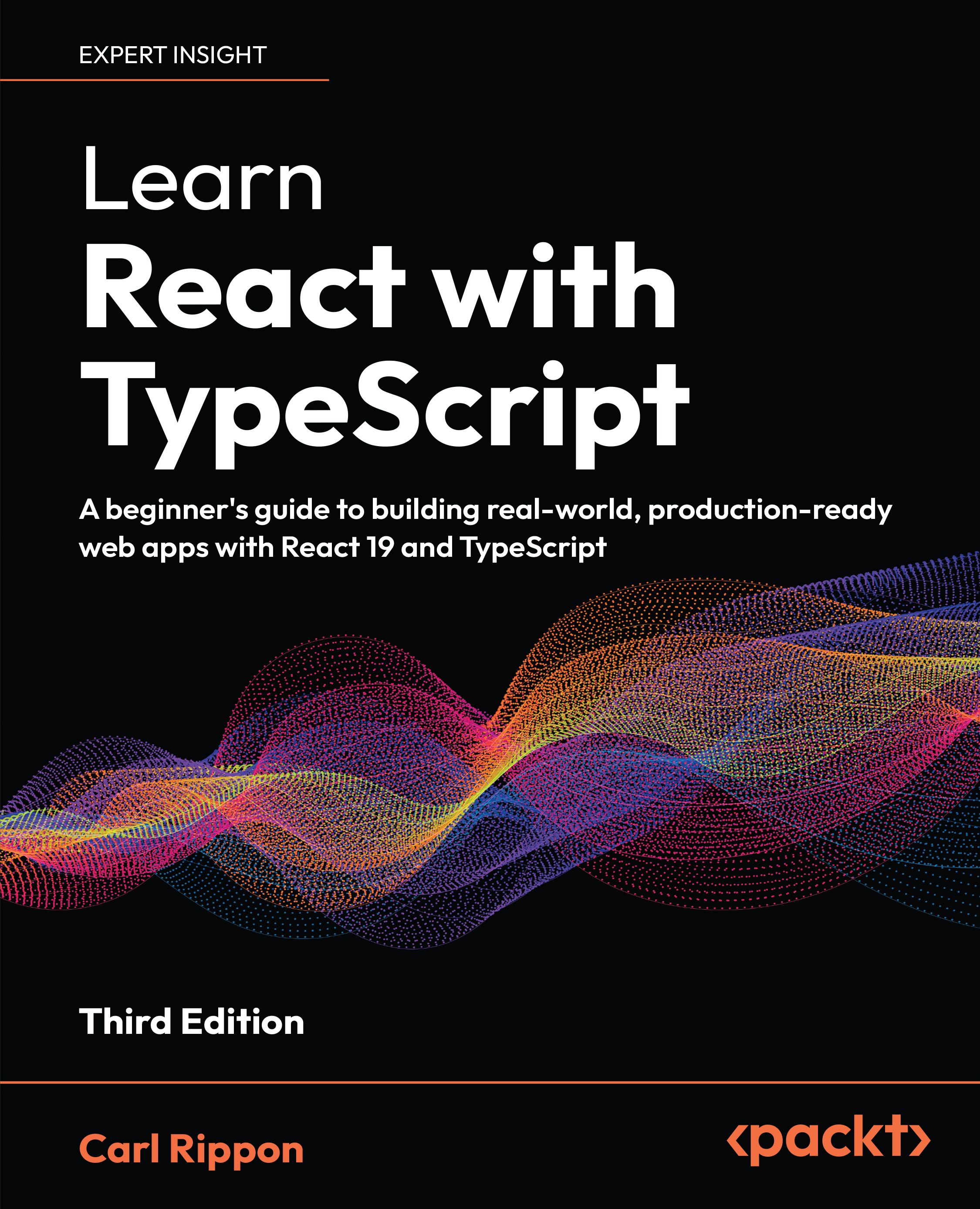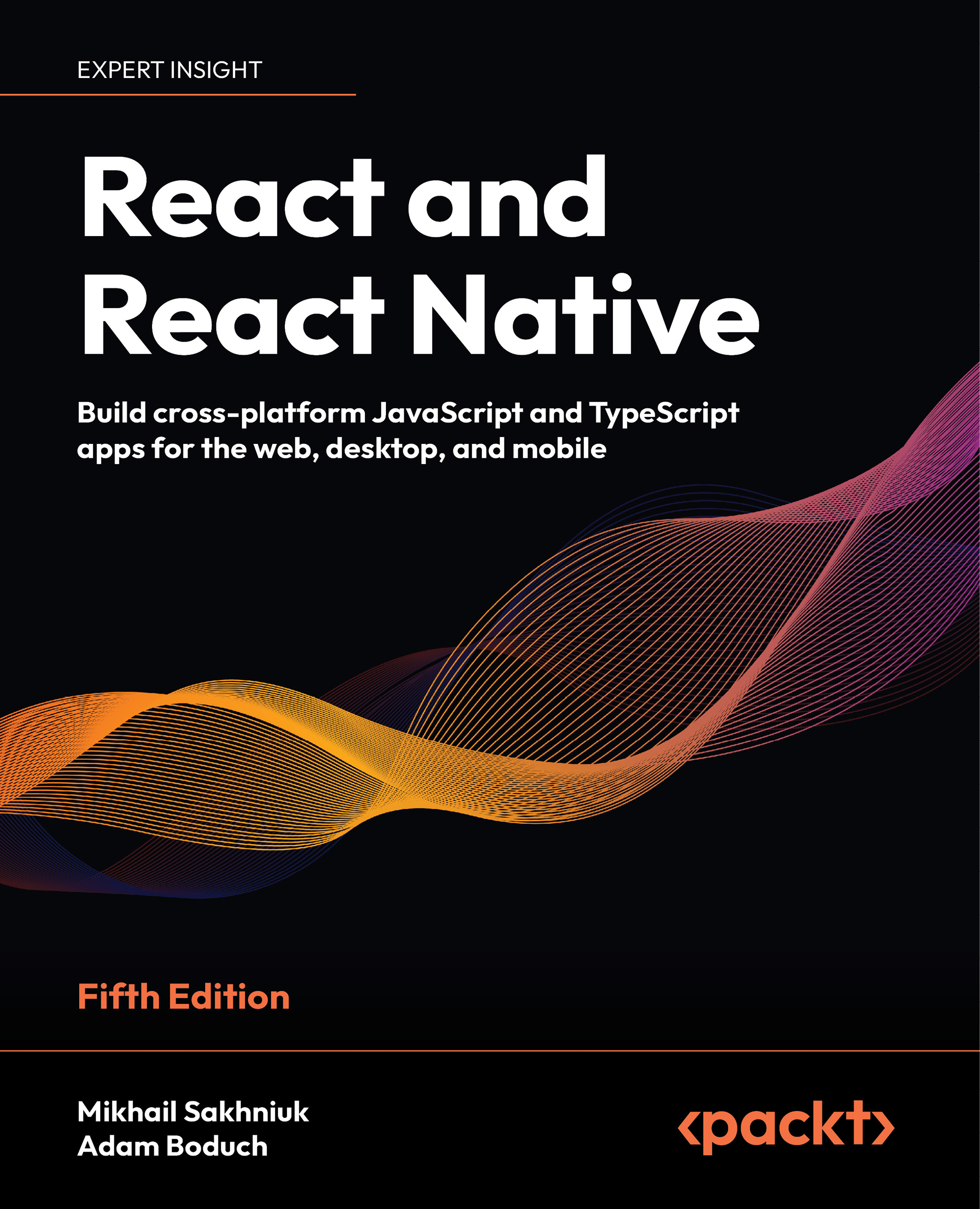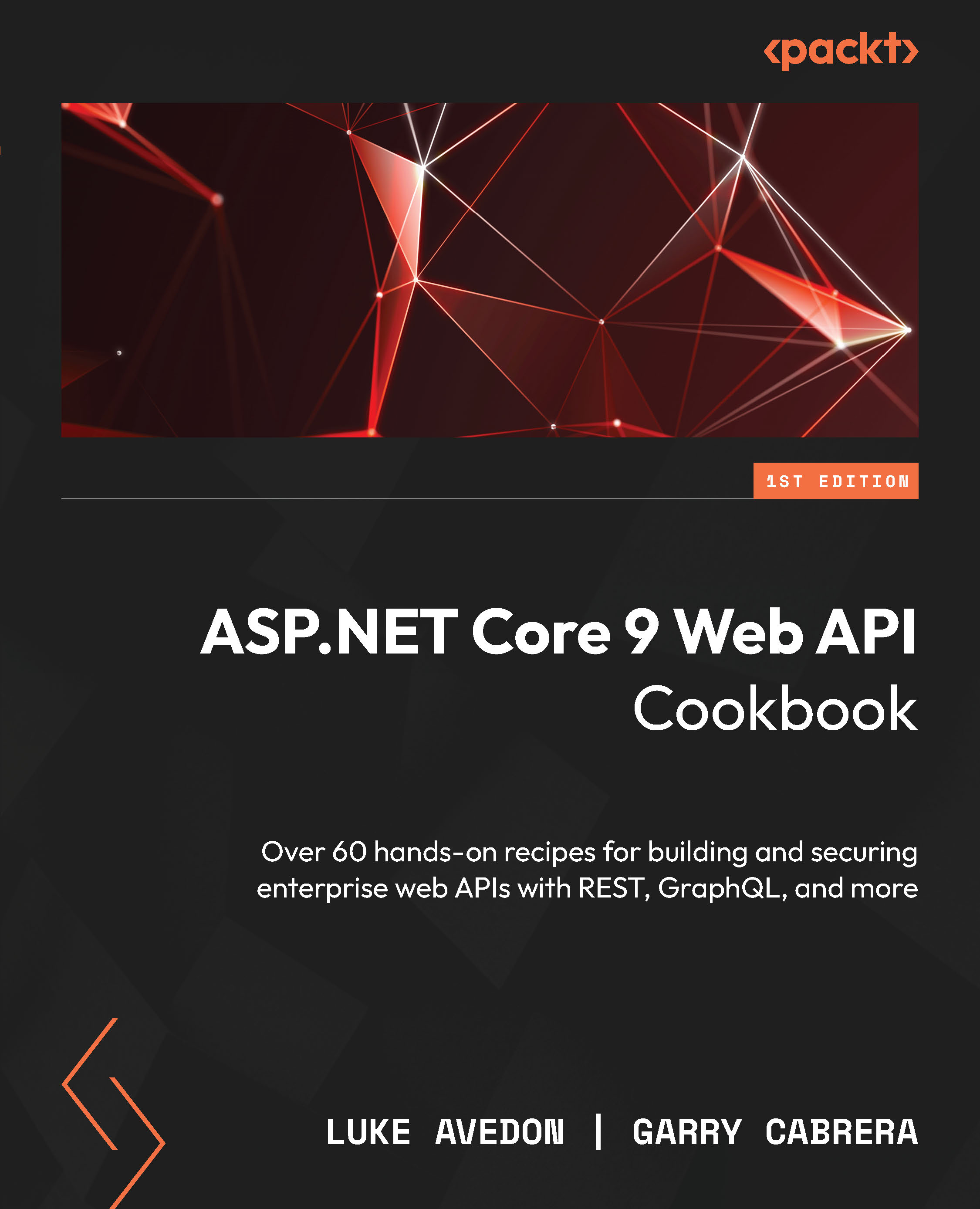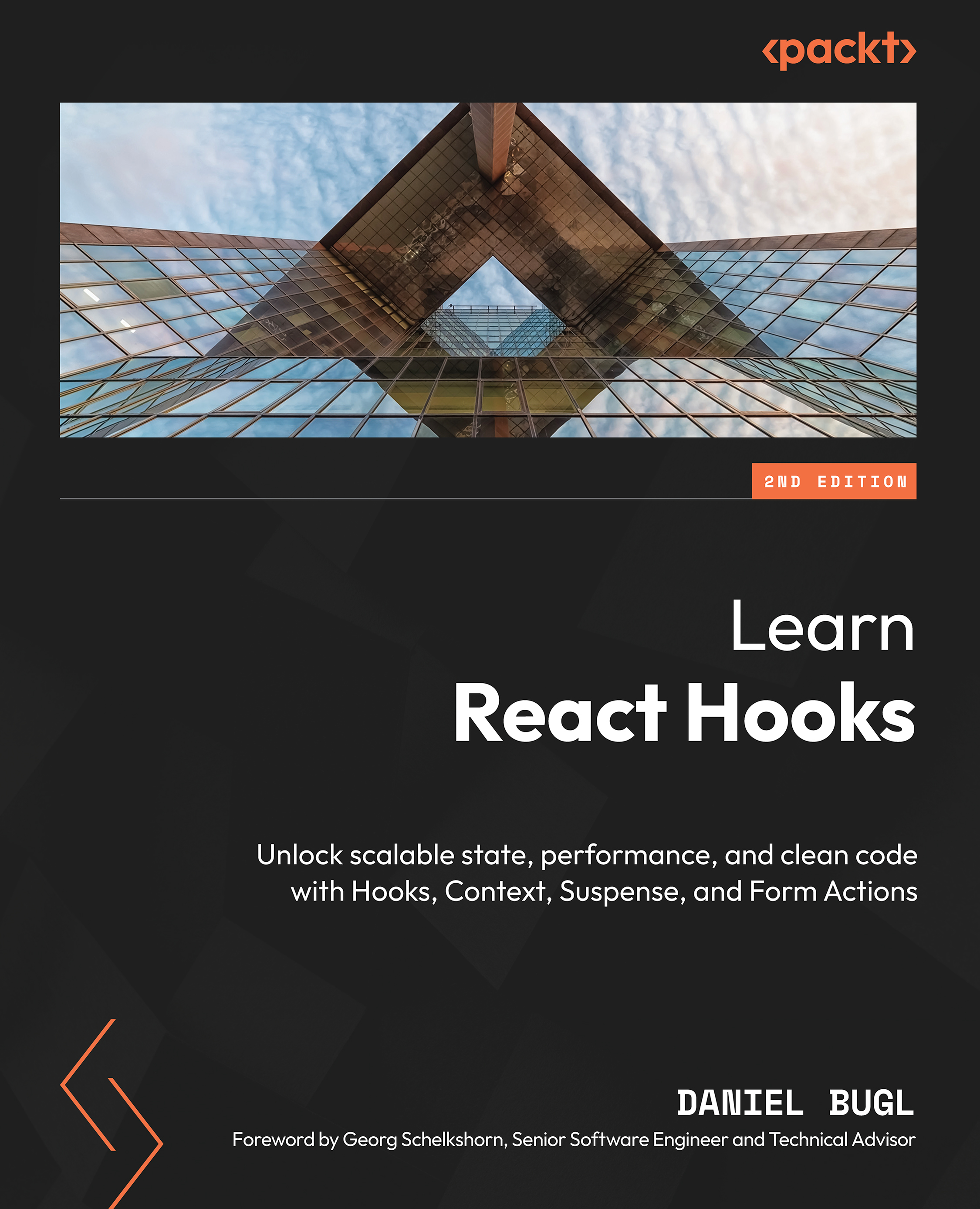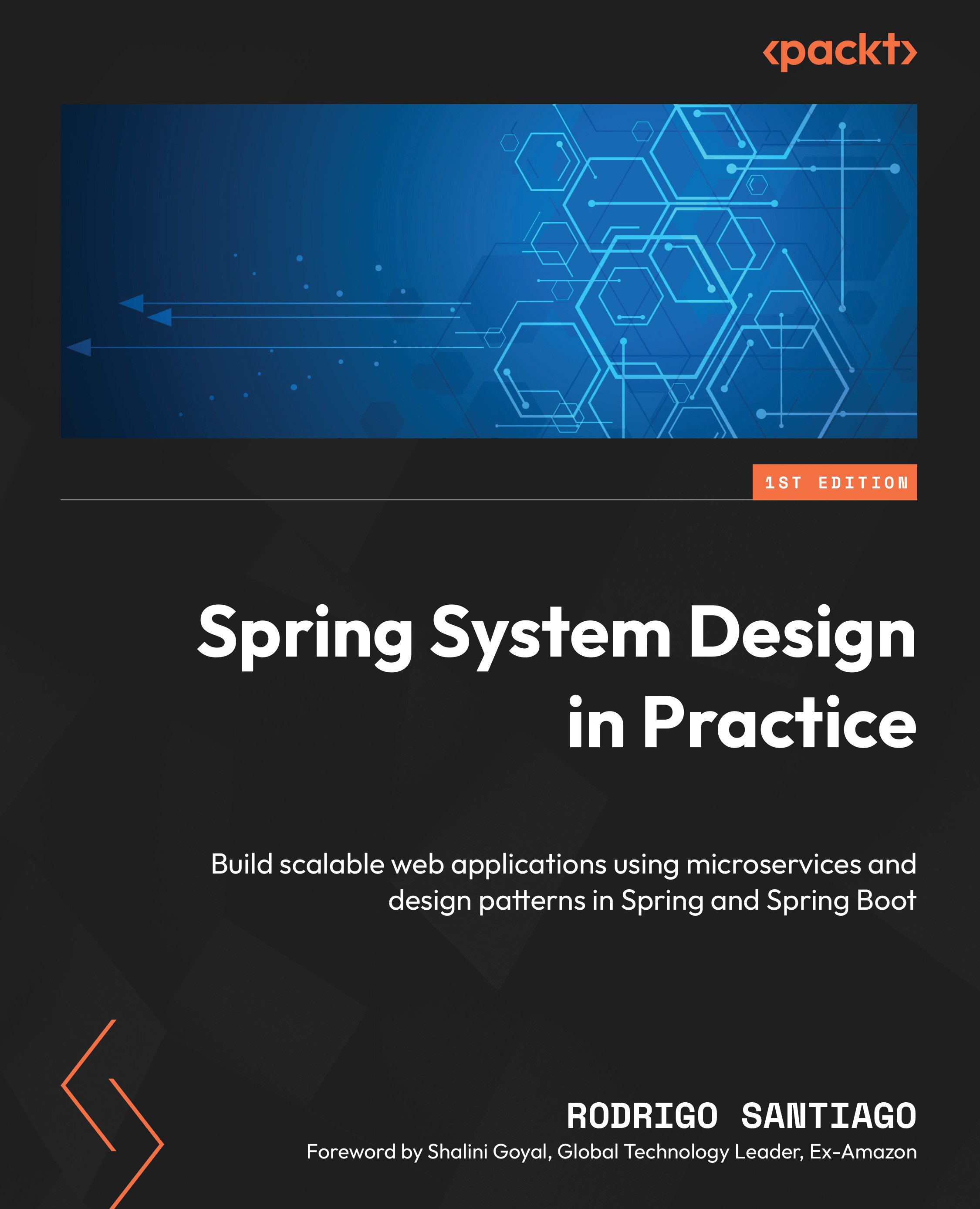-
Comprehensive coverage of microservices architecture and best practices
-
Hands-on projects demonstrating real-world microservices implementation
-
In-depth exploration of monitoring, logging, and performance optimization
This course starts with the fundamentals of microservices, comparing them with monolithic architectures and addressing their pros and cons. You will set up your development environment, build a "Hello World" microservice, and understand key Spring Boot features. Then, you will explore REST Template, WebClient, and reactive programming with WebFlux to enable efficient service communication.
Next, you will build a fully functional microservices application, implementing services for products, pricing, and inventory. You will integrate service discovery with Eureka, use Netflix Ribbon for load balancing, and configure API gateways for seamless communication. The course covers resilience patterns, including circuit breakers with Resilience4j, retries, and centralized configuration using Spring Cloud Config Server.
Finally, you will learn advanced production-ready techniques such as distributed tracing with Zipkin, log aggregation with the ELK stack, and event-driven microservices using Spring Cloud Bus. By the end, you will have hands-on experience in building robust, scalable, and highly available microservices using industry-best practices.
This course is designed for Java developers and backend engineers looking to master microservices architecture using Spring Boot and Spring Cloud. If you want to build scalable, fault-tolerant applications, this course is for you. Prior knowledge of Java and Spring Boot is recommended, along with basic experience in RESTful APIs and distributed systems. Whether you're transitioning from monolithic applications or improving microservices skills, this course provides practical, real-world expertise.
-
Develop microservices using Spring Boot and Spring Cloud
-
Implement service-to-service communication with REST & WebClient
-
Build reactive microservices using WebFlux and backpressure handling
-
Set up Eureka for service discovery and Netflix Ribbon for load balancing
-
Ensure fault tolerance with Resilience4j circuit breakers and retries
-
Monitor and trace microservices using Zipkin and ELK Stack
 United States
United States
 Great Britain
Great Britain
 India
India
 Germany
Germany
 France
France
 Canada
Canada
 Russia
Russia
 Spain
Spain
 Brazil
Brazil
 Australia
Australia
 South Africa
South Africa
 Thailand
Thailand
 Ukraine
Ukraine
 Switzerland
Switzerland
 Slovakia
Slovakia
 Luxembourg
Luxembourg
 Hungary
Hungary
 Romania
Romania
 Denmark
Denmark
 Ireland
Ireland
 Estonia
Estonia
 Belgium
Belgium
 Italy
Italy
 Finland
Finland
 Cyprus
Cyprus
 Lithuania
Lithuania
 Latvia
Latvia
 Malta
Malta
 Netherlands
Netherlands
 Portugal
Portugal
 Slovenia
Slovenia
 Sweden
Sweden
 Argentina
Argentina
 Colombia
Colombia
 Ecuador
Ecuador
 Indonesia
Indonesia
 Mexico
Mexico
 New Zealand
New Zealand
 Norway
Norway
 South Korea
South Korea
 Taiwan
Taiwan
 Turkey
Turkey
 Czechia
Czechia
 Austria
Austria
 Greece
Greece
 Isle of Man
Isle of Man
 Bulgaria
Bulgaria
 Japan
Japan
 Philippines
Philippines
 Poland
Poland
 Singapore
Singapore
 Egypt
Egypt
 Chile
Chile
 Malaysia
Malaysia






